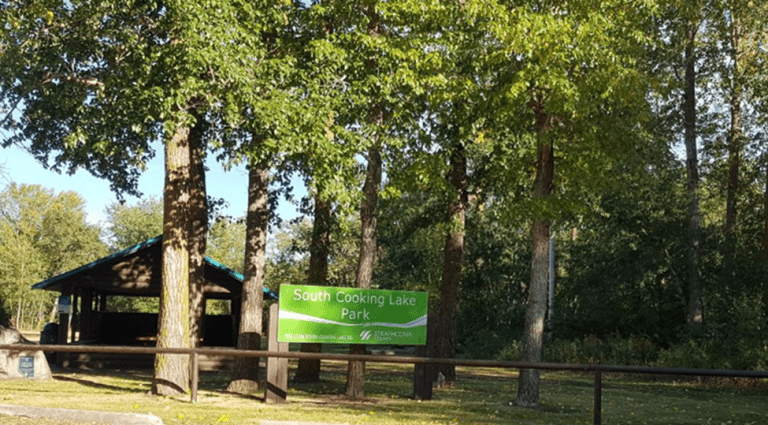- Greenpeace has loudly asserted that nuclear power and Uranium mining must be stopped due to radiological impact.
- Contrary to their claims, nuclear energy has a lower radiological impact than many competing technologies.
- The reports made by Greenpeace do not reference measurements or data, or provide any means for comparison to other technologies.
- Despite contradictory claims, Greenpeace receives continued support for their unscientific rhetoric which goes against real data from the United Nations Scientific Committee on the Effects of Atomic Radiation.
- The solution is to tune-out the rhetoric and focus on real data that uses comparative analysis to assess the true risk.
You’ve heard it all before: not in my backyard! No nukes in Illinois, California, etc. But how many lives are being saved? Are there any bold heroes we should thank for standing up to the nuclear boogeyman?

However, there are no heroes in this story. The United Nations Scientific Committee on the Effects of Atomic Radiation outlines in their 2016 report, the impact of various energy sources on real ionizing radiation exposure. It turns out, on page 210 of the report, UNSCEAR highlighted that solar exposes people to 40 times the amount of radiation due to mining and processing, with wind being 5 times (UNSCEAR Report, 2016.)
So what’s the deal everyone? If solar and wind are 5-40 times worse, why does Greenpeace state on their website “…nuclear power creates radioactive waste at every stage of production, including uranium mining and reprocessing of spent reactor fuel.” (Greenpeace, 2020)
However, they make zero mention of the radioactive wastes produced by solar and wind. Are they illiterate, or do they just not read UN data?
It’s almost as if Greenpeace wants to draw attention away from the shortcomings of its ideology, with a flawed assessment of risk based outside of reality. If they were truly concerned with the radiological impact of uranium mining, they would be 5 to 40 times more concerned about the impact from wind and solar, respectively.
So, what can we conclude from this? Greenpeace and anyone who supports their narrative is against the real science and data, performed and collected by the United Nations.
The real solution: Use real measurements to compare radiological risk, comparing all energy sources on an even basis. Don’t trust rhetoric that is laid out without any comparison to other technologies.
References:
UNSCEAR 2016 Report. United Nations : Scientific Committee on the Effects of Atomic Radiation. (2016, October 13). Retrieved March 8, 2023, from https://www.unscear.org/unscear/en/publications/2016.html
Nuclear power. Greenpeace UK. (2020, February 18). Retrieved March 8, 2023, from https://www.greenpeace.org.uk/challenges/nuclear-power/



































